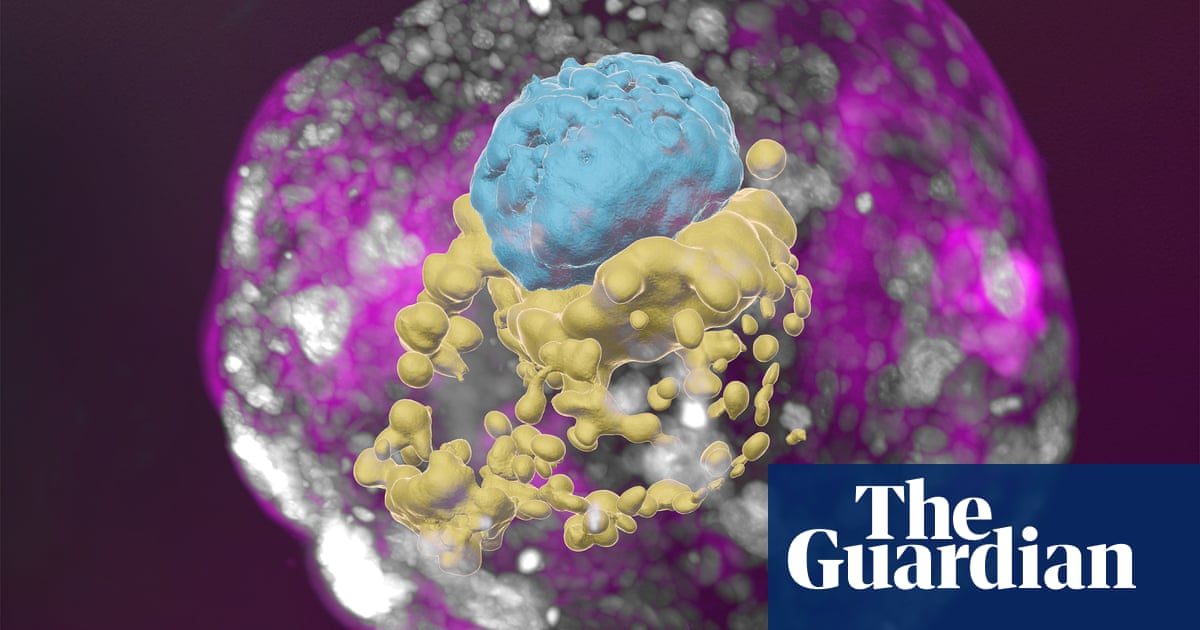- cross-posted to:
- science@hexbear.net
- cross-posted to:
- science@hexbear.net
Tiny structures are not identical to human embryos, but could have various uses in medical research
Researchers have created “complete” models of human embryos from stem cells in the lab and grown them outside the womb, in work that paves the way for advances in fertility, pharmaceutical testing and transplants.
The tiny balls of tissue were made by combining stem cells that arranged themselves into structures that mimic the 3D organisation of all the known features found in human embryos from one to two weeks old.
“This is the first embryo model that has structural compartment organisation and morphological similarity to a human embryo at day 14,” said Prof Jacob Hanna, who led the research at the Weizmann Institute in Israel. At two weeks, the balls of cells were about half a millimetre wide.


